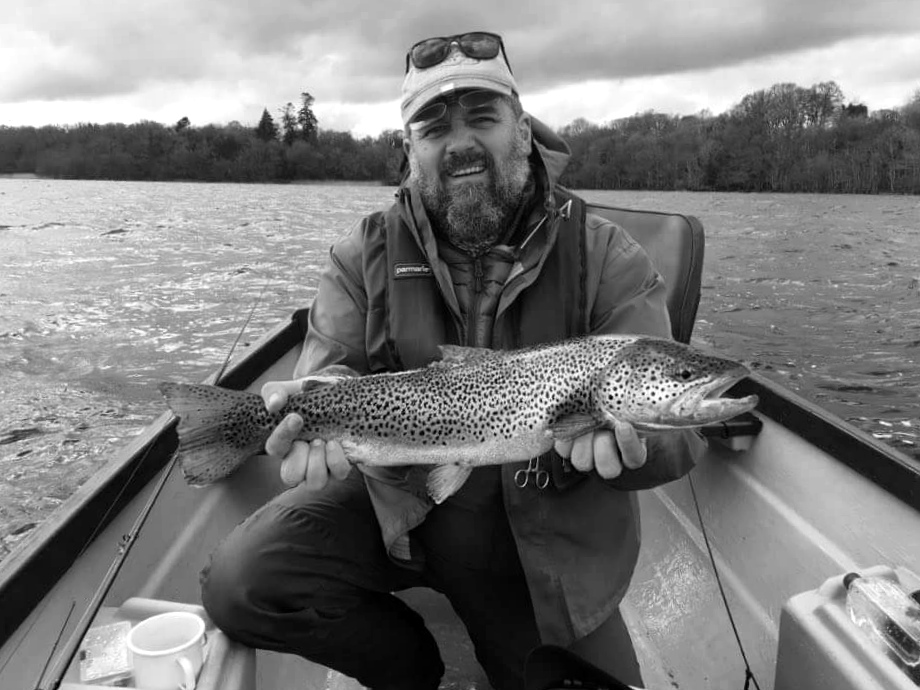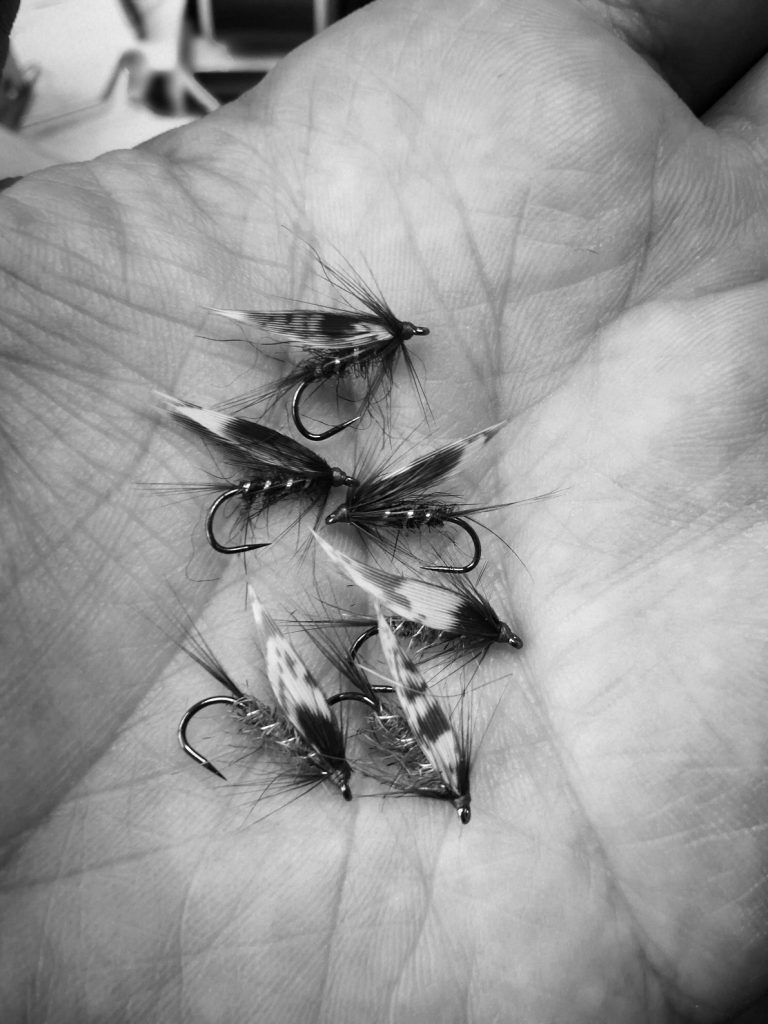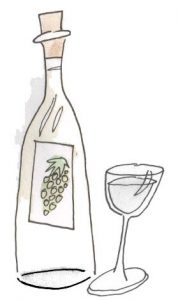classical quirky vino
The Wines


Cuvée 744
Champagne Jacquesson number their non-vintage cuvée every year. Jacquesson Cuvée 744 is based on the 2016 harvest with grapes originating from Ay, Dizy, Hautvillers, Avize and Oiry. The Pinot Noir from Ay and Dizy were particularly successful in 2016. Picking started at Jacquesson on 19th September and ended on 6th of October. The dominant harvest of 2016 is complemented by the addition of 30% reserve wines from the previous three years. The champagne was vinified on the lees in oak barrels with no filtration or fining. 244,350 bottles, 9,905 magnums and 300 jeroboams were produced.
Dosage: zero
quick facts
APPELLATION: Champagne AOP
STYLE: sparkling white
GRAPES: chardonnay, pinot meunier, pinot noir
FARMING: biodynamic
FERMENTATION: oak
MATURATION: oak and bottle
FILTRATION: unfiltered
ALCOHOL: 12%
CASE SIZE: 6

Cuvée 739 DT (Dégorgement Tardif)
Elaborated from a blend of 3 Grands Crus and 2 Premiers Crus, these great champagnes from the Cuvées 700 range are characterized by their remarkable aging potential.
From the Cuvée N°733, the House stops selling it before the stock runs out, thus the maturation of the wine continues for 5 additional years.
This cuvée 739 "Dégorgement Tardif", after having spent 96 months on lees, was disgorged in june 2020. This clearly means that the house is confident in the wine’s potential. There is just 14574 bottles available.
The main advantage of a late disgorgement is that the wine evolve in an aromatic and gastronomic way, reminding the old vintages but in keeping a great freshness.
Cuvée 739 Dégorgement tardif from Jacquesson has a very low dosage (0.75gr/l). It's mainly made from the 2011 harvest and it's a very elegant, fine, and fresh champagne with a very good aging potential.
quick facts
APPELLATION: Champagne AOP
STYLE: sparkling white
GRAPES: chardonnay, pinot noir, pinot meunier
FARMING: biodynamic
FERMENTATION: oak
MATURATION: oak and bottle
FILTRATION: unfiltered
ALCOHOL: 12%
CASE SIZE: 6
Jacquesson
Based in Dizy, to the north of Epernay, and founded in 1798, Jacquesson is the oldest independent Champagne house and reputedly a favourite of Napoleon. Beginning in the 1990s, current owners Jean-Hervé and Laurent Chiquet embarked upon a terroir-based philosophy. It is now without doubt one of the elite houses in Champagne. Biodynamic farming and minimal handling, along with low dosage and extended bottle ageing, result in powerful wines of naked purity and brilliance.
In 2000, the production of a blended Brut NV ceased. In a region where consistency is prized above all else, Laurent and Jean-Hervé made a radical choice: expression of terroir over homogeneity. They chose to emphasise the qualities of each vintage by lowering the amount of reserve wines used in the blend. The result is the 700 series, beginning with Cuvée 728 in 2000. Based on a majority of chardonnay, with varying proportions of pinot noir and meunier, this wine accounts for about 95% of production. Small quantities of vintage single vineyard wines are made only in certain years.
About 80% of the vineyards are estate-owned. As vineyard sources essentially remain the same from year to year, coming from two premier cru and three grand cru-rated communes in the Côtes des Blancs and La Grande Vallée de la Marne, it is probably more accurate to view Cuvée 700 as a vineyard style rather than a house style.
Regardless of the ultimate bottling, all wines are treated the same. After gentle pressing, the free-run juice is fed by gravity to a series of stainless steel tanks for 24 hours of settling, then transferred to large, neutral oak casks for alcoholic and malolactic fermentations. Malolactic is never blocked, as sulphur additions are kept to a minimum. Instead a reductive environment is created with weekly lees stirring that also adds richness and texture to the wine. The wines are blended and bottled unfiltered after one year of ageing, with an additional 4 years on lees for the Cuvée 700 wines and 9 years for the Cuvée 700 Dégorgement Tardif. Dosage is in the extra-brut range of 1-6g per litre.





